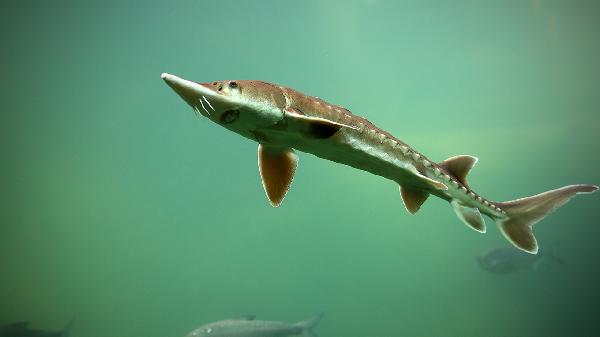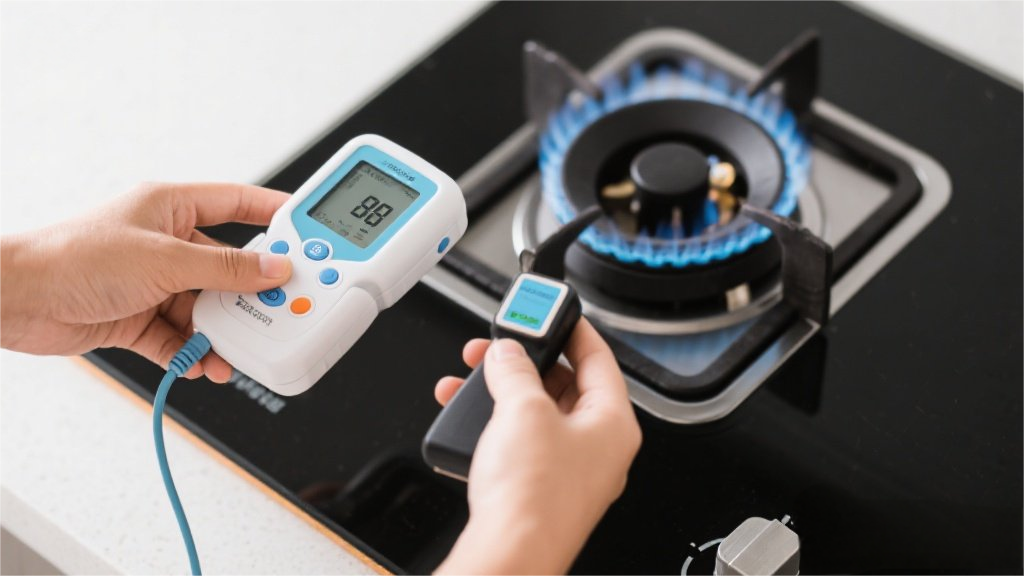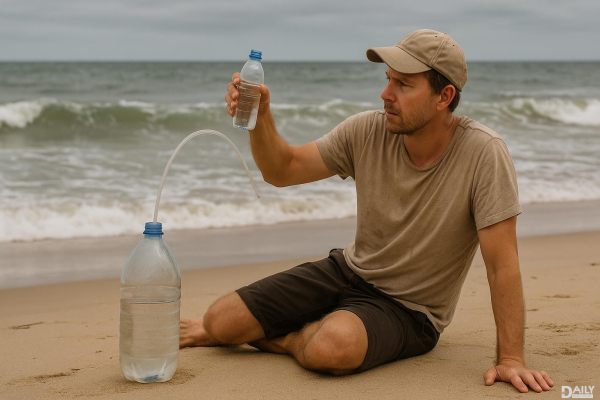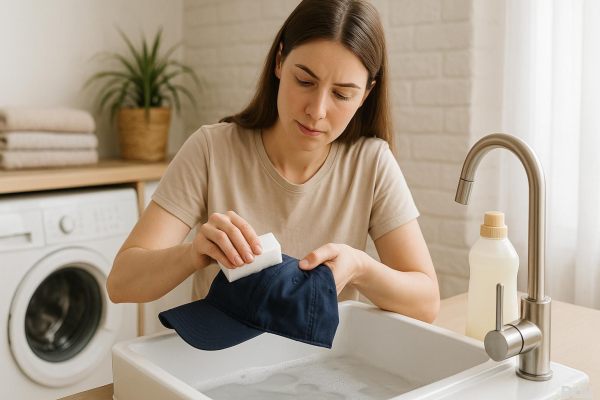Recently, many shrimp and rice farmers have been asking us about the problem of green algae. At this time of year, the most annoying issue might just be green algae. It can appear on various plants, in the soil, or at the bottom of ponds.
We have previously published articles that provided detailed information on how to prevent the growth of green algae. However, there are always cases where it’s unavoidable. Below, we will address the issue of green algae in detail based on the problems raised.
First, let’s understand green algae.
The "green algae" found in shrimp ponds is a type of moss-like plant, also known as "Qingni algae." It is a general term for filamentous algae (such as Spirogyra, Cladophora, Hydrodictyon, and Enteromorpha).
Newly sprouted green algae grow into green strands standing in the water, while decaying green algae form tangled masses floating on the surface. Green algae can absorb excess nutrients and are often the result of excessive algae reproduction in the water. They thrive at temperatures between 13°C and 20°C.

Green algae grow rapidly in rice fields, covering the water surface and affecting the penetration of dissolved oxygen and sunlight, which is highly detrimental to the growth and development of shrimp.
This is the time when green algae is most likely to grow. The main reason is that the water temperature has dropped, causing many zooplankton in the water to die, which increases the clarity of the water. As a result, the spores of green algae start to grow when they receive sufficient sunlight. After early spring, as temperatures rise, green algae will "compete fiercely" for nutrients and grow "recklessly."
Where does green algae come from?
1. Inadequate cleaning, drying, and disinfection of the pond. Green algae spores remain in large numbers in the pond and begin to sprout when the temperature and light are suitable.
2. Poor early fertilization and water management, resulting in water that is too clear and nutrient-poor. Sunlight directly hits the bottom of the pond, causing the green algae spores to sprout and grow rapidly due to the warming temperature and sunlight.
3. External introduction. When water is added to the shrimp rice fields, inadequate protective measures allow external green algae to be directly brought into the shrimp field. With sufficient nutrients and suitable conditions, they begin to grow wildly.
4. Planting aquatic plants (such as Elodea). The plants carry green algae strands, which can multiply rapidly under suitable conditions.
What harm does green algae pose to shrimp farming in rice fields?
1. It competes with planktonic algae for nutrients, excessively consuming nutrients in the water and disrupting the normal metabolism of the pond, leading to nutrient-poor water. Nutrient-poor water hinders the growth of zooplankton, which are a food source for shrimp, severely affecting their growth.
2. In water where green algae proliferate, the water becomes clear and transparent. Sunlight directly hitting the pond increases the risk of shrimp being exposed, leading to death over time.
3. When green algae multiply and float "ambush-like" in the water, they easily entangle shrimp, especially newly hatched shrimp larvae. Entangled shrimp cannot escape and eventually starve or exhaust themselves, let alone molt and grow. If shrimp climb onto green algae floating on the surface, they can dry up and die when entangled, reducing the survival rate of shrimp farming.
4. As temperatures rise, green algae die off in the pond. Dead green algae are blown to the corners of the pond or sink and rot. Besides releasing a foul odor, they also consume dissolved oxygen in the water and produce many harmful substances during decomposition, reducing dissolved oxygen levels and increasing ammonia, nitrite, and hydrogen sulfide levels. This degrades water quality, leading to shrimp poisoning, oxygen deprivation, and even diseases like black gill disease and edema, eventually causing death.
What should be done if there is green algae in shrimp rice fields?
At this stage, it’s too late to clean and dry the pond. For old algae or outbreaks that have already occurred:
1. Manual removal. Don’t find it troublesome. Since green algae has appeared, manual removal is also a good method. This is mainly for dead green algae or when green algae has proliferated to the point of affecting shrimp activity. If the green algae is still alive, removing it will cause the spores to spread with the water, leading to more algae growth. Removing the surface algae only solves the surface problem, but the underlying issue remains, and it may even have the opposite effect. Naturally, remember to take the removed green algae far away from the shrimp rice fields to prevent regrowth.
2. After manual removal of some, use "Dongfang Green Algae Cleaner" to kill the remaining algae. Dilute it 200 times with water before use and spray it directly on the green algae or filamentous algae on the water surface. Use 150g per mu per meter of water depth, and increase the amount if green algae growth is severe. Product features: small dosage, fast effect, non-toxic, pollution-free, and harmless to humans, livestock, and aquatic life. It has a unique killing effect on green algae and filamentous algae in various water bodies. It is usually used in the morning on sunny days, and effects are seen in the afternoon. It does not harm aquatic plants or beneficial algae in crab ponds and is safe for fish, shrimp, crabs, and other aquatic species. When used in water without green algae, it also cleans the water and increases dissolved oxygen levels. Regular use helps maintain the balance between algae and animals, ensuring the water remains in excellent condition.
Note: Use thiomersal to kill green algae with caution!!!
How to prevent green algae?
Whether it’s a new pond or an old pond, we still need to manage water and cultivate beneficial algae properly to prevent green algae growth!
Water management: Cultivate beneficial algae. Proper water management reduces water clarity and acts as a light barrier, preventing the regrowth of green algae. We recommend using "Dongfang Water Management Paste" for water management, which targets high-quality algae cultivation, maintains a balanced algae and bacterial phase, and keeps transparency at an appropriate level.
























